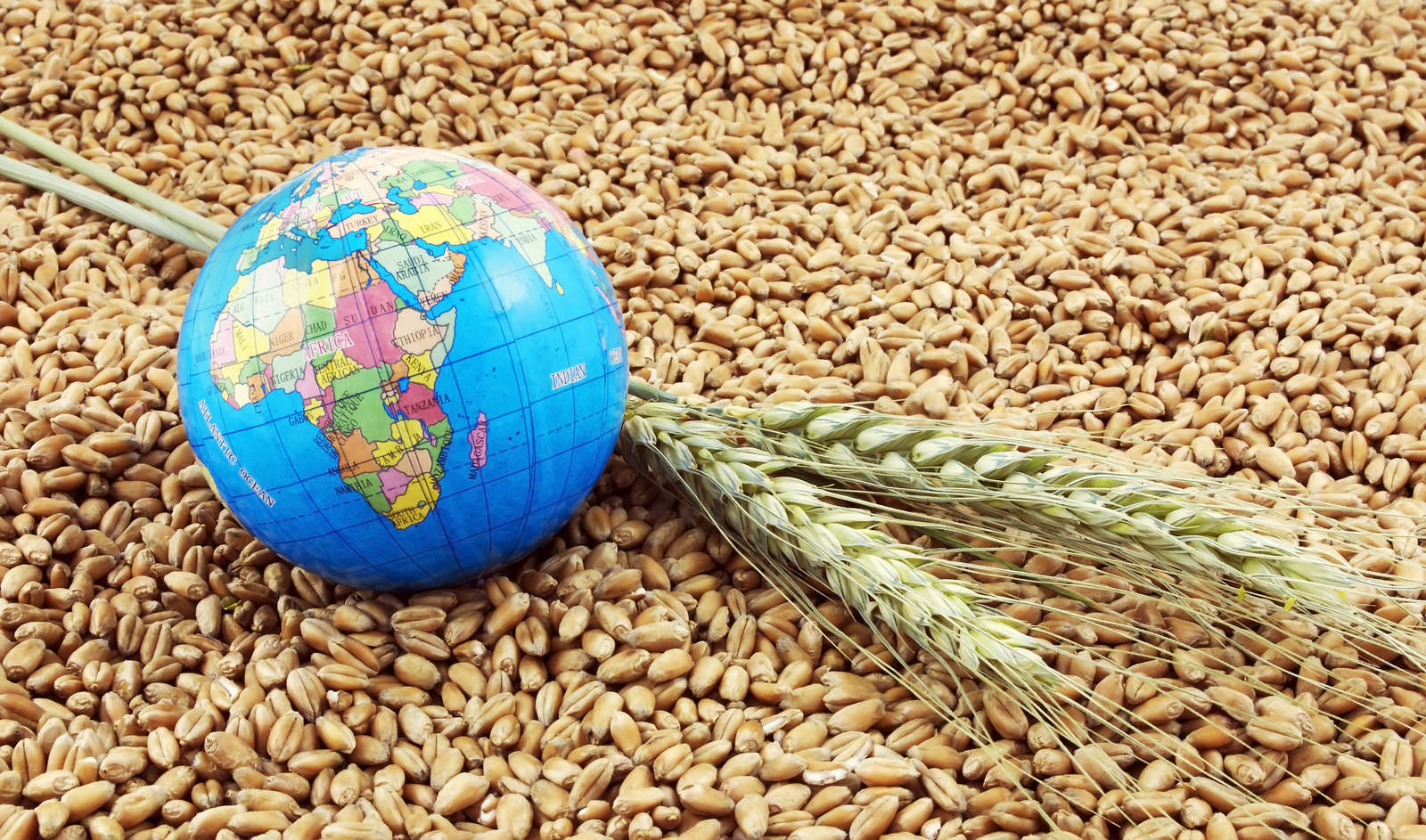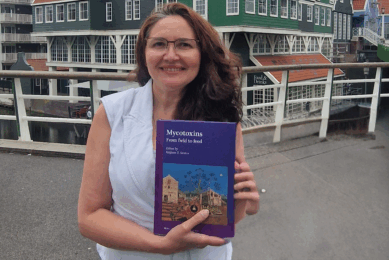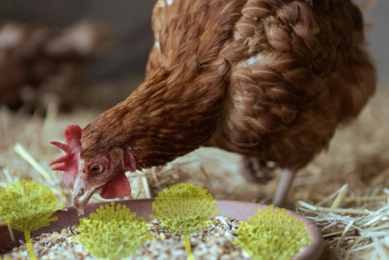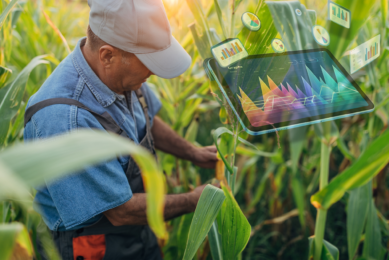2015 survey: Mycotoxin threats remain high

Mycotoxin-related threats to livestock production are severe or high in 60% of regions worldwide according to the latest Biomin Mycotoxin Survey.
The survey covered 8271 agricultural commodity samples from 75 countries worldwide in 2015. Over 31,492 analyses have been conducted to identify the presence of six mycotoxins worldwide and their potential risk to livestock animal production. This is more than the 26,200 analyses, done in 2014. For the 2nd year, the survey includes results of multiple mycotoxin analysis of more than 380 mycotoxins and metabolites, Spectrum 380®, using state-of-the-art liquid chromatography-mass spectrometry/mass spectrometry (LC-MS/MS) in a single analysis step.

DON and FUM most found
In 2015, 84% of all samples contained at least one mycotoxin and over 50% contaminated more. As in previous years, DON and FUM are once again the main mycotoxins present in over half of the samples tested worldwide. 56 % of all samples exceed the DON risk thresholds for livestock. For FUM, 21% of samples tested exceed risk threshold levels. Regarding the risk (based upon these threshold levels per mycotoxin to most sensitive species) it is shown that North America and North Asia are marked as severe risk areas. South America, Central Europe, Southern Europe, Middle East, Africa and South-East Asia are considered high risk areas. Australia, Northern Europe, Russia, South Africa and India are considered moderate risk areas.
Feed commodities affected
Finished feed, maize (corn) and DDGS are the commodities most affected by mycotoxins, with the average contamination levels of Afla, ZEN, DON, T-2 and FUM all above risk threshold levels. DON constitutes the most frequent threat to commodities used for feed, followed by ZEN and FUM. In 2014, DON was the most frequent threat to finished feed, corn, wheat and silage. Below some further information on the number of samples tested in 2015, average contamination levels and maximum contamination values.
Focus on the right indicators
Ursula Hofstetter, Director Competence Center Mycotoxins at Biomin addresses that the food and feed industries need to look beyond the prevalence (percent of samples testing positive) of mycotoxins, and focus on indicators that are meaningful for their operations. “These include average concentration levels measured in parts per billion, sensitivity of livestock species, risk threshold levels, co-occurrence (multiple mycotoxins at once), masked mycotoxins not detected by conventional testing, and total mycotoxin load” Mrs Hofstetter explained.











